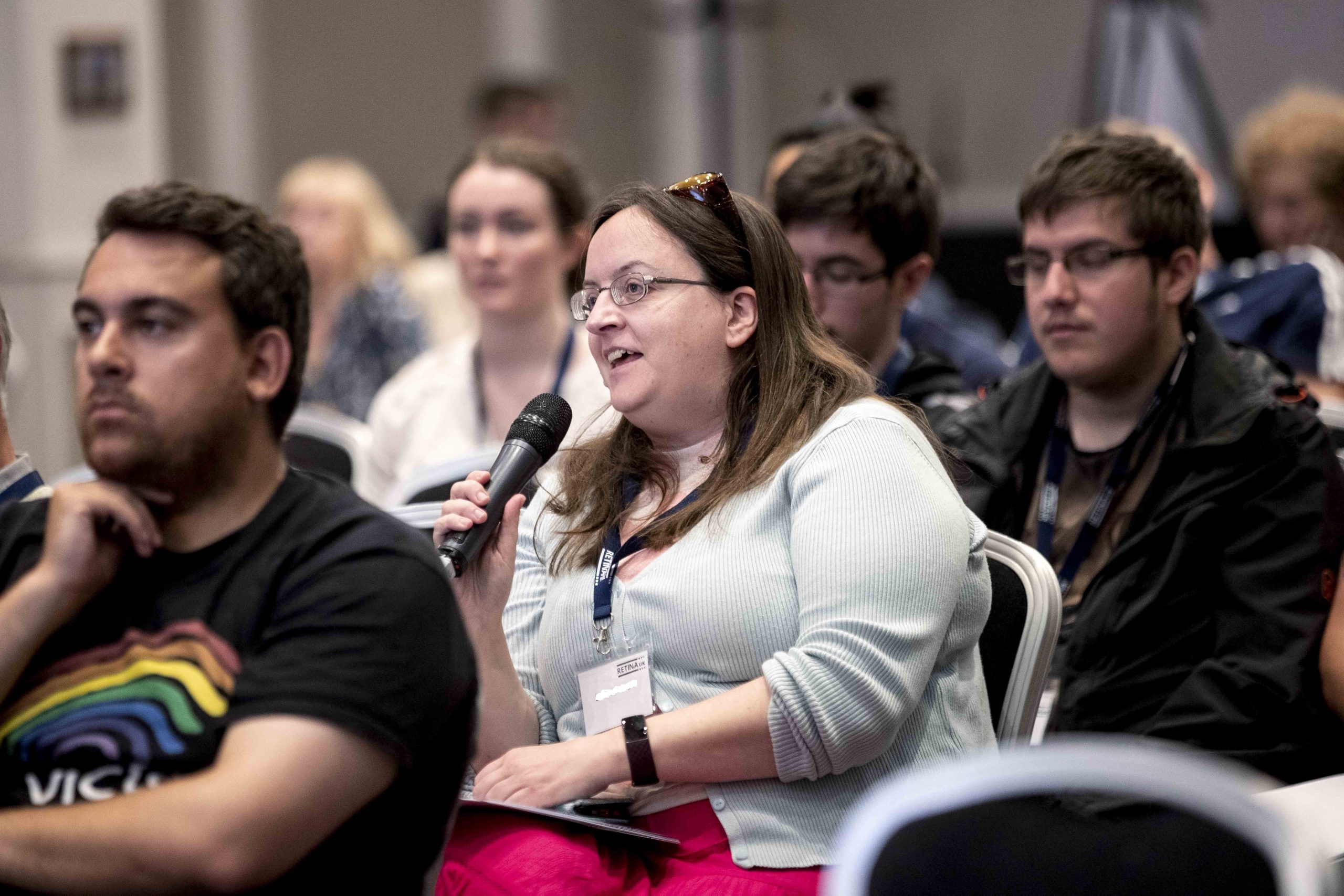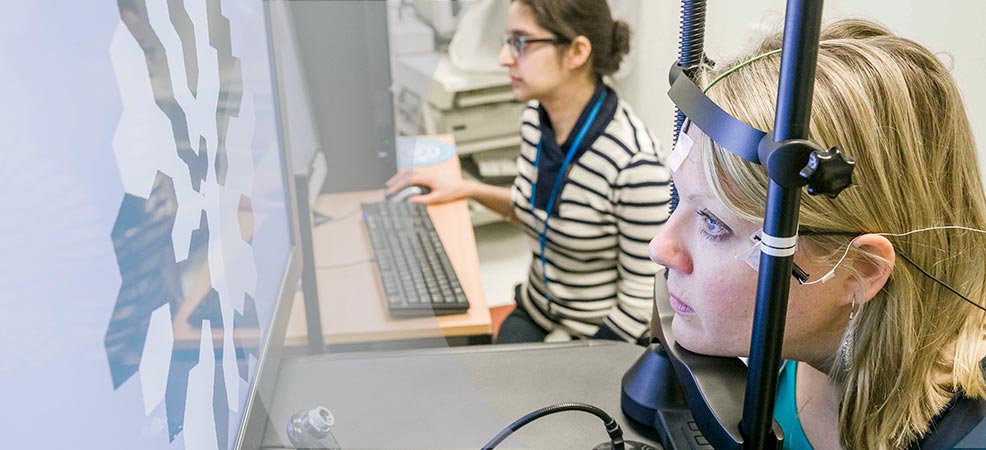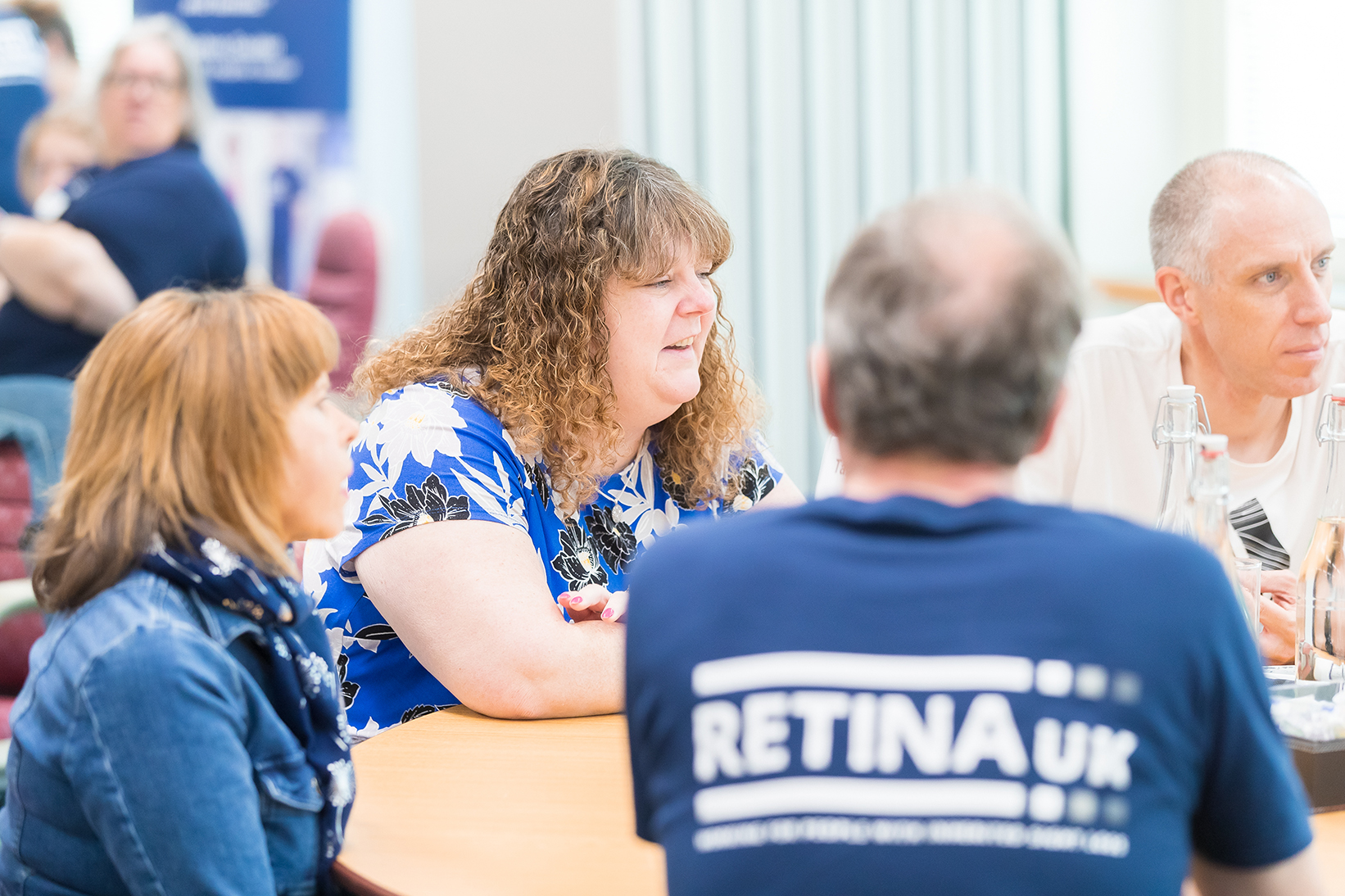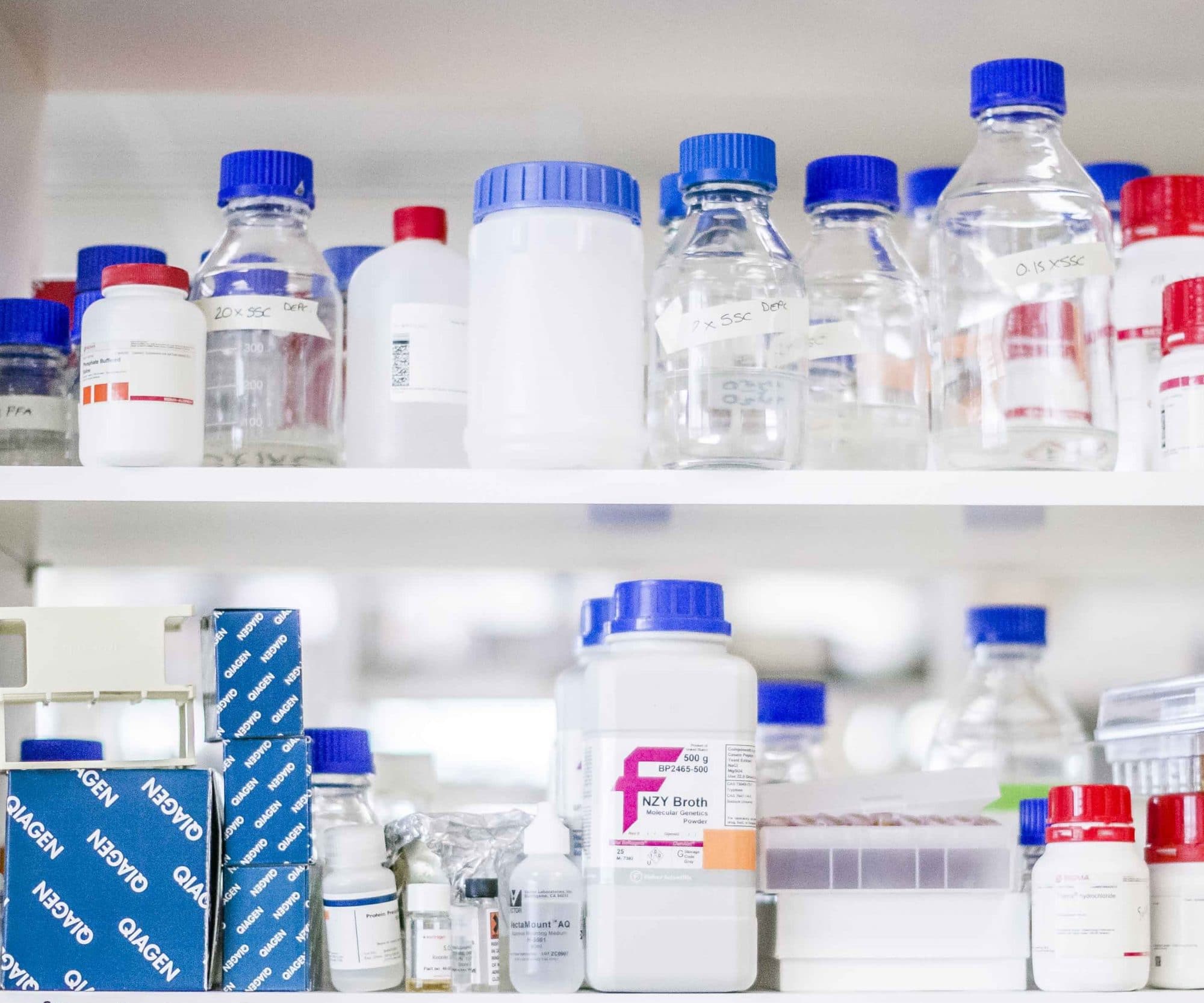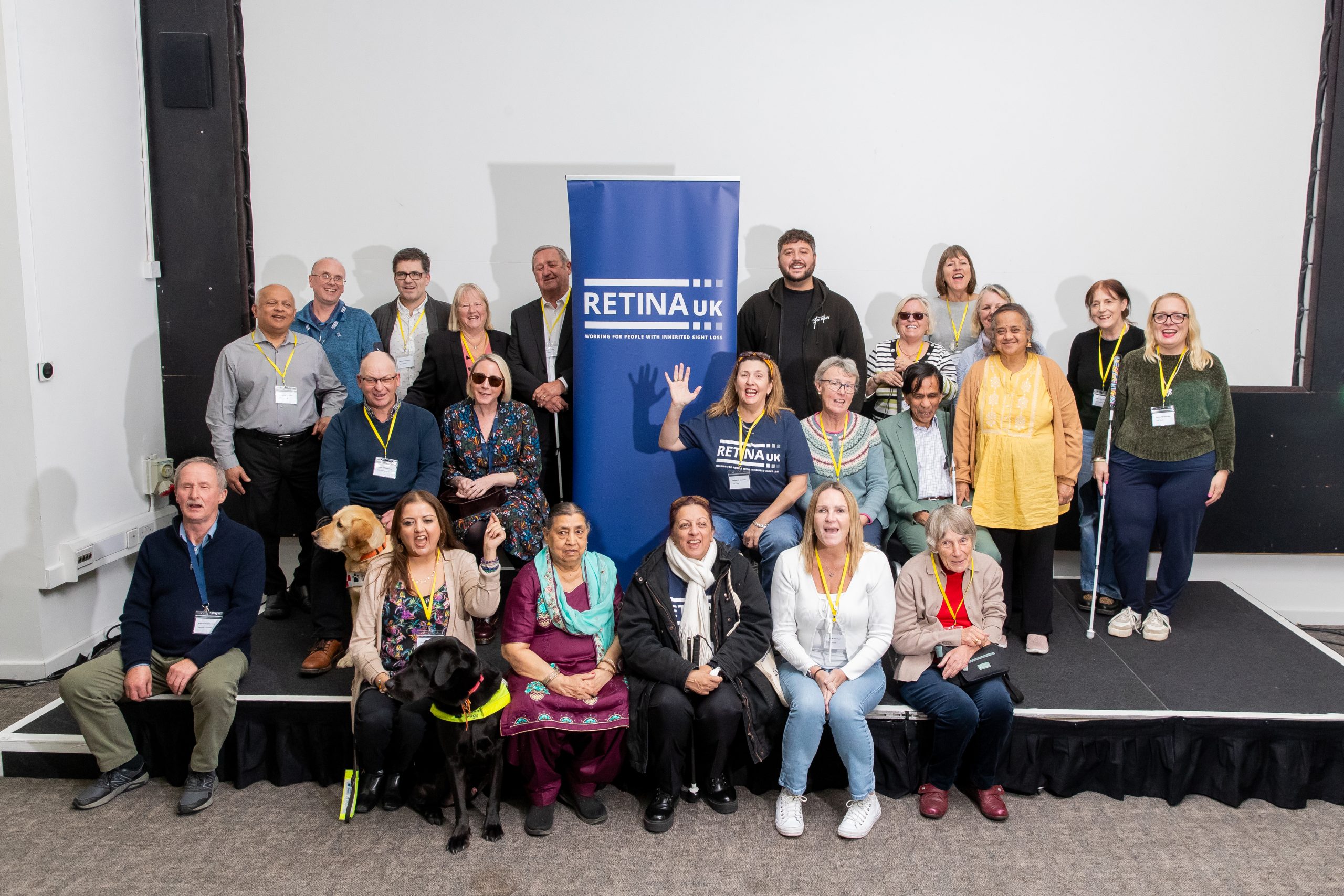This is because the genetic fault causing the retinal condition also causes problems with other body systems.
NARP syndrome
Neuropathy, Ataxia, Retinitis pigmentosa (NARP) syndrome is a rare genetic and progressive neurodegenerative disease that mainly affects the nervous system with the features presented in its name.
Symptoms will differ for each individual. People with NARP syndrome have neurological symptoms like muscle weakness, epilepsy and memory difficulties in addition to poor balance and retinitis pigmentosa (RP), which causes night blindness and peripheral field loss.
NARP syndrome is caused by mutations in the MTATP6 gene which is contained in mitochondrial DNA. Mitochondria are structures within cells that convert the energy from food into a form that cells can use.
The management of NARP syndrome involves treating the specific symptoms associated with this condition. Treatment may require the coordinated efforts of a team of specialists like pediatricians, neurologists, eye specialists (ophthalmologists), and other healthcare professionals.
To read more about this condition go to: https://rarediseases.org/rare-diseases/maternally-inherited-leigh-syndrome-and-narp-syndrome.
Bassen-Kornzwieg syndrome
In this condition, retinitis pigmentosa is accompanied by progressive neurological problems, abnormal red blood cells (acanthocytosis) and defective bowel absorption of fat, leading to very low blood levels of cholesterol and absent beta lipoprotein (Abetalipoproteinaemia).
Bassen-Kornzweig syndrome is caused by changes in the MTTP gene that tells the body to create lipoproteins (molecules of fat combined with protein). These variants make it hard for the body to properly digest fat and essential vitamins.
Treatment involves large doses of fat-soluble vitamins (vitamins A, D, E and K). Linoleic acid supplements are also recommended. Consulting with a dietitian is important: diet changes are needed to prevent stomach problems, and this may involve limiting intake of some types of fat. Supplements of medium-chain triglycerides are taken under the supervision of a health care provider. They should be used with caution, because they may cause liver damage.
To read more about this condition go to: https://medlineplus.gov/ency/article/001666.htm.
Norrie disease
Norrie disease is a rare inherited eye disorder which causes severe vision loss or blindness at birth or a few weeks after. This condition mainly occurs in males but females can show milder symptoms.
In Norrie disease, the retinas separate from the underlying supporting tissue (retinal detachment). This causes a grayish-yellow mass to develop in the back of the eye behind the lens that may be mistaken for a tumor (pseudoglioma). This mass consists of immature retinal cells and may be apparent a few days after birth or within the first weeks or months of life.
In addition to retinal detachment, most individuals with Norrie disease develop progressive hearing loss due to vascular abnormalities in the cochlea. Other symptoms may include cognitive abnormalities such as delays in reaching developmental milestones.
Norrie disease is caused by mutations in the NDP gene located on the X chromosome. This gene encodes a protein called norrin which supports cell and tissue development. Norrin is important for the development of blood vessels to the retina and cochlea (inner ear).
Treatment of Norrie disease is directed toward the specific symptoms associated with the condition. For example, surgery to treat retinal detachment and hearing aids or cochlear implants for hearing loss.
To read more about this conditionn go to The Norrie Disease Foundation: https://norriedisease.org.uk/,
Pseudoxanthoma elasticum (PXE)
Pseudoxanthoma elasticum or PXE (pronounced ‘pixie’) is a disease affecting many parts of the body. It causes calcium and other minerals to build up in various body tissues, especially those which are usually elastic, such as the skin on the neck, armpits and knees. Affected skin develops a yellow, waxy, ‘cobblestone’ appearance and forms loose folds. PXE can also affect blood vessels and the digestive system. In the eyes, it causes cracks in a tissue called Bruch’s membrane. Leaky blood vessels may grow through these cracks, which can lead to sight loss.
Symptoms and signs vary between people, even within the same family. The first sign of PXE is ‘cobblestone’ skin lesions, generally present before any noticeable sight loss. The retina will have an ‘orange peel’ effect or wiggly cracks called angioid streaks, however, neither of these will cause sight loss in themselves. Blood vessels may grow through the cracks (similarly to wet age-related macular degeneration-AMD-) and leak. This process can cause macular scarring, leading to decreased central vision or distortion. In most people, the peripheral vision is not affected.
PXE is caused by mutations in the ABCC6 transporter gene that affects connective tissue in some parts of the body. Elastic tissue in the body becomes mineralized; that is, calcium is deposited in the tissue. Resulting in changes in the skin, eyes, cardiovascular system, and gastrointestinal system. Women are around twice as likely to be diagnosed with PXE than men, although it’s not yet clear why.
Treatment of PXE is focussed on addressing each symptom as and when it appears. Anti-VEGF injections (like those used in wet AMD) are effective at slowing the growth of damaging blood vessels in the eye. Laser treatment is not usually used as it can cause further sight loss. Individuals with PXE should avoid activities that might cause direct trauma or increased pressure to the eyes. For example, weightlifting should be avoided.
To read more about this condition go to: https://rarediseases.org/rare-diseases/pseudoxanthoma-elasticum-pxe/.
Expert reviewed by Malena Daich Varela at Moorfields Eye Hospital, September 2024


